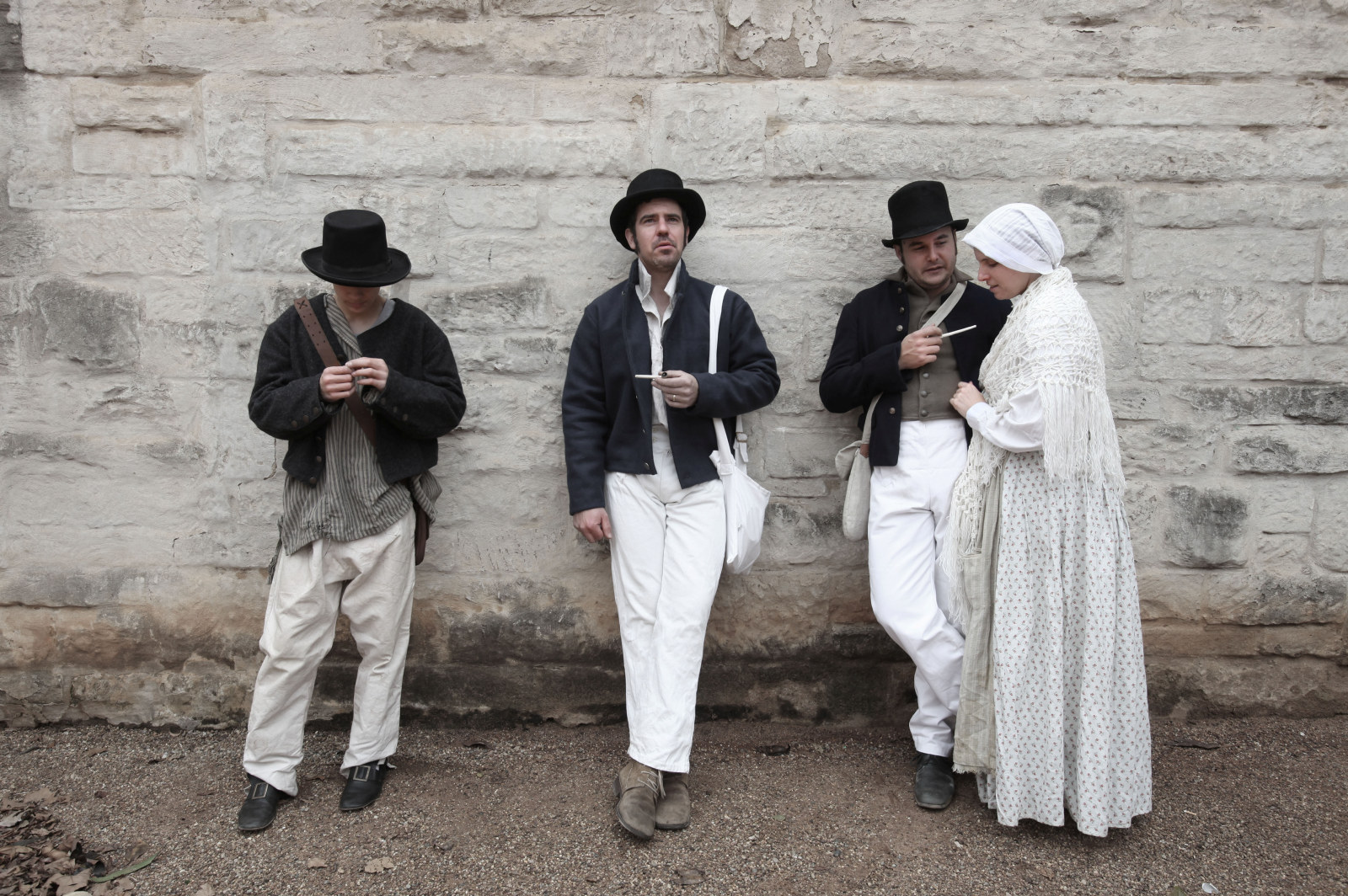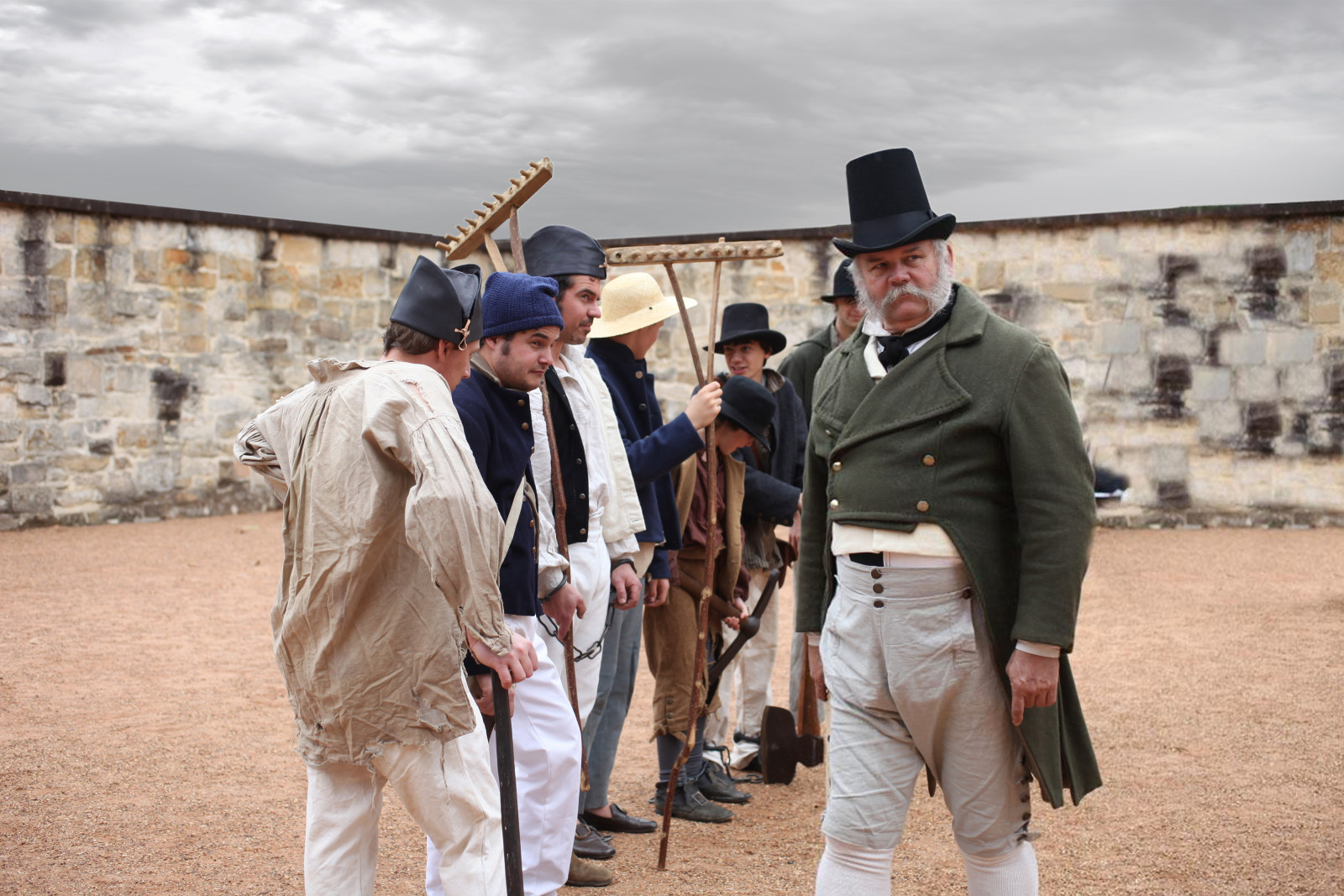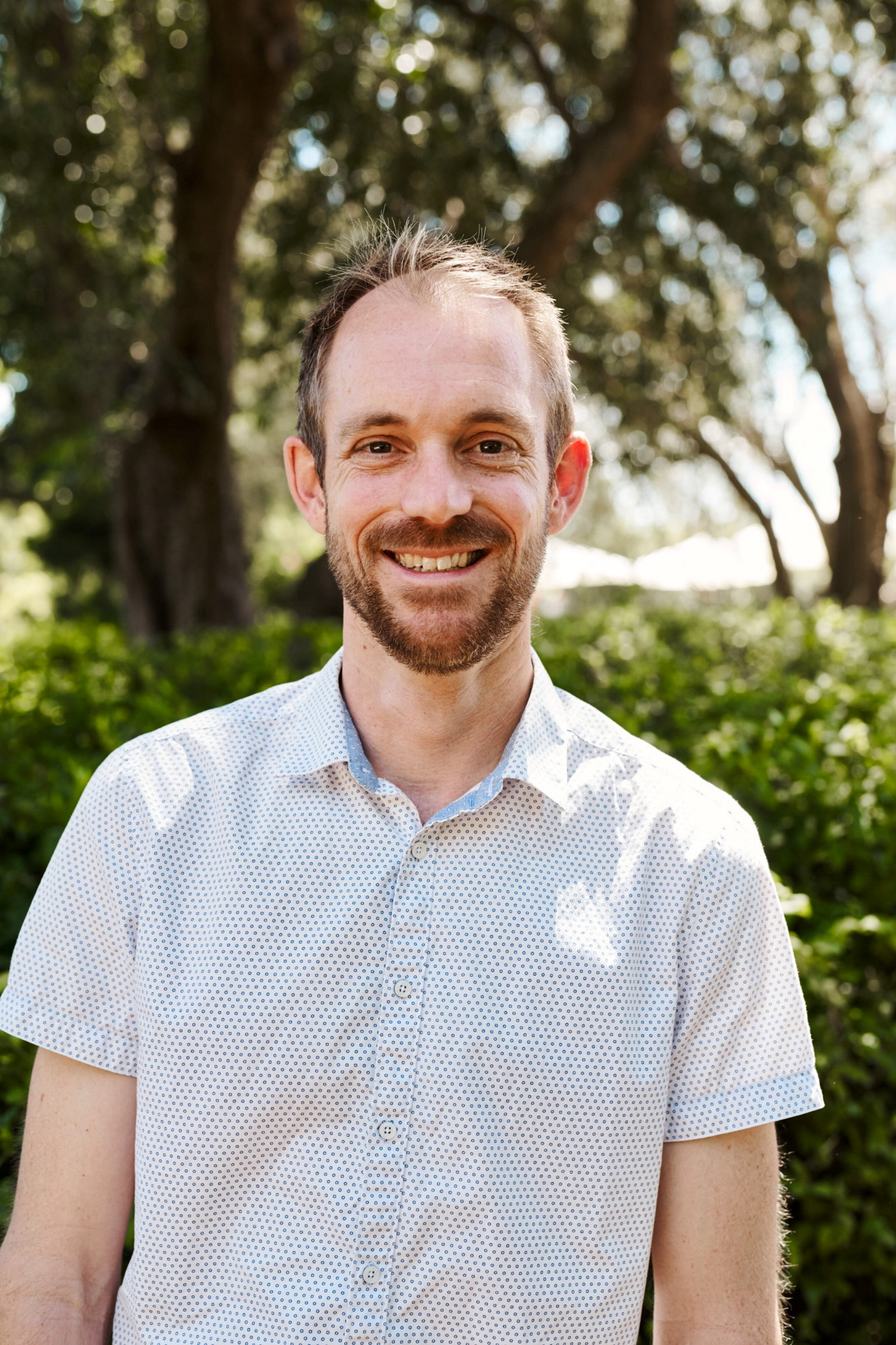Reviewing the menu: the hidden diet at the Hyde Park Barracks Immigration Depot
Forty years since archaeologists discovered a vast amount of material below the floorboards at the Hyde Park Barracks, PhD candidate Kimberley Connor is painting a more complex picture of 19th-century institutional life.
This year Kimberley Connor has been carefully reanalysing samples of glass, metal, ceramic, botanical and faunal artefacts in the Hyde Park Barracks Archaeology Collection to investigate food and dining practices in the Female Immigration Depot (1848–87) and Hyde Park Asylum (1862–86). Kimberley’s PhD from Stanford University in California will enhance the understanding of immigration and settler colonialism in early NSW. We’re excited to have Kimberley studying our archaeology and we look forward to using her insights to tell new stories about the women who occupied the Hyde Park Barracks.
Q: What do food and dining practices tell us about immigration, and why use archaeology alongside documentary evidence?
A: Immigration to NSW was very different from that to other places in the British Empire because it was so closely controlled by the government. Food is a major part of that because it’s both routine and highly symbolic. By studying food in these institutions we can learn about broader attitudes towards immigrants and the organisation of the immigration system. Archaeology is vital because there are discrepancies between the dietaries (official rations and menus) and the material evidence. For example, the official menus have no fresh fruit, and yet there are thousands of fruit seeds in the archaeological collection. Alcohol was also strictly prohibited at the Barracks, but most of the glass I’ve looked at comes from alcohol bottles.
Q: What makes the archaeology of the Hyde Park Barracks so special?
A: The huge number of items and the tight dating of the underfloor deposits to the period of female occupation make the collection unique. The most important thing, though, is the amazing preservation of the underfloor deposits. When items fell between the floorboards and were trapped by the ceiling of the room below, they were protected from decay. This collection has large quantities of fabric, paper and dried plant material that wouldn’t normally survive. Even the bone from under the floor is in really good condition. The downside is that most of the items that fell through the cracks were very small, and it’s particularly difficult identifying the tiny fragments.
Q: Can you tell us about your personal connection to the Barracks?
A: My great-great-great-grandmother Rose Sherry was an Irish orphan who arrived in 1850 and stayed in the Immigration Depot. Her life wasn’t easy, but working with the collection makes me feel that I can understand her experience a little better. I know that she was brought to Australia to provide labour and to marry and produce children for the colony, and that many of the teenage girls she travelled with were exploited terribly. Studying the artefacts makes me hope that she also had moments of joy – maybe gorging herself on fresh fruit after months at sea, or just enjoying the abundance of food after leaving famine-stricken Ireland behind.
Q: What has surprised you about the thousands of objects you’ve been looking at?
A: It shouldn’t have been a surprise, and yet it caught me off guard to realise how much Sydney and the women who stayed at the Hyde Park Barracks were enmeshed in global consumer networks. The collection includes porcelain and stoneware from China, as well as bottles used for importing whisky from Scotland, gin and schnapps from the Netherlands, ink from Paris, medicine from Philadelphia, and Worcestershire sauce and pickled onions from England.
Q: Do you have a favourite object?
A: I recently came across a woody pear in the collection that’s carefully inked with its botanical name, Xylomelum pyriforme. It’s not a food-related item, but knowing that someone staying in the Barracks had this interest in local botany and collected and labelled this specimen feels like a very intimate connection to an individual in the past.
Q: What’s the next stage in your research?
A: Once I’ve gathered all my data I’ll move on to a quantitative and spatial analysis of the sample, looking for interesting patterns that confirm, contradict or complicate the historical record. One major focus will be looking for differences between areas of the Barracks, especially between the matron’s quarters at the front of the building on level two and the dormitory areas occupied by the women on the same floor. The final challenge will be turning the reams of technical data into a coherent narrative about how people lived in the past. Instead of writing a ‘laundry list’ that just identifies the objects found on the site, I want to use the archaeology to tell a new, more complete story about what the experience of migration was like for female immigrants at the Hyde Park Barracks.
Hear Kimberley talk about her great-great-great-grandmother Rose Sherry
Related

Convict Sydney
1801 - Day in the life of a convict
In the young colony, there was no prisoner’s barrack - the bush and sea were the walls of the convicts’ prison

Convict Sydney
1820 - Day in the life of a convict
By 1820 the days of relative freedom for convicts in Sydney were over
Published on
